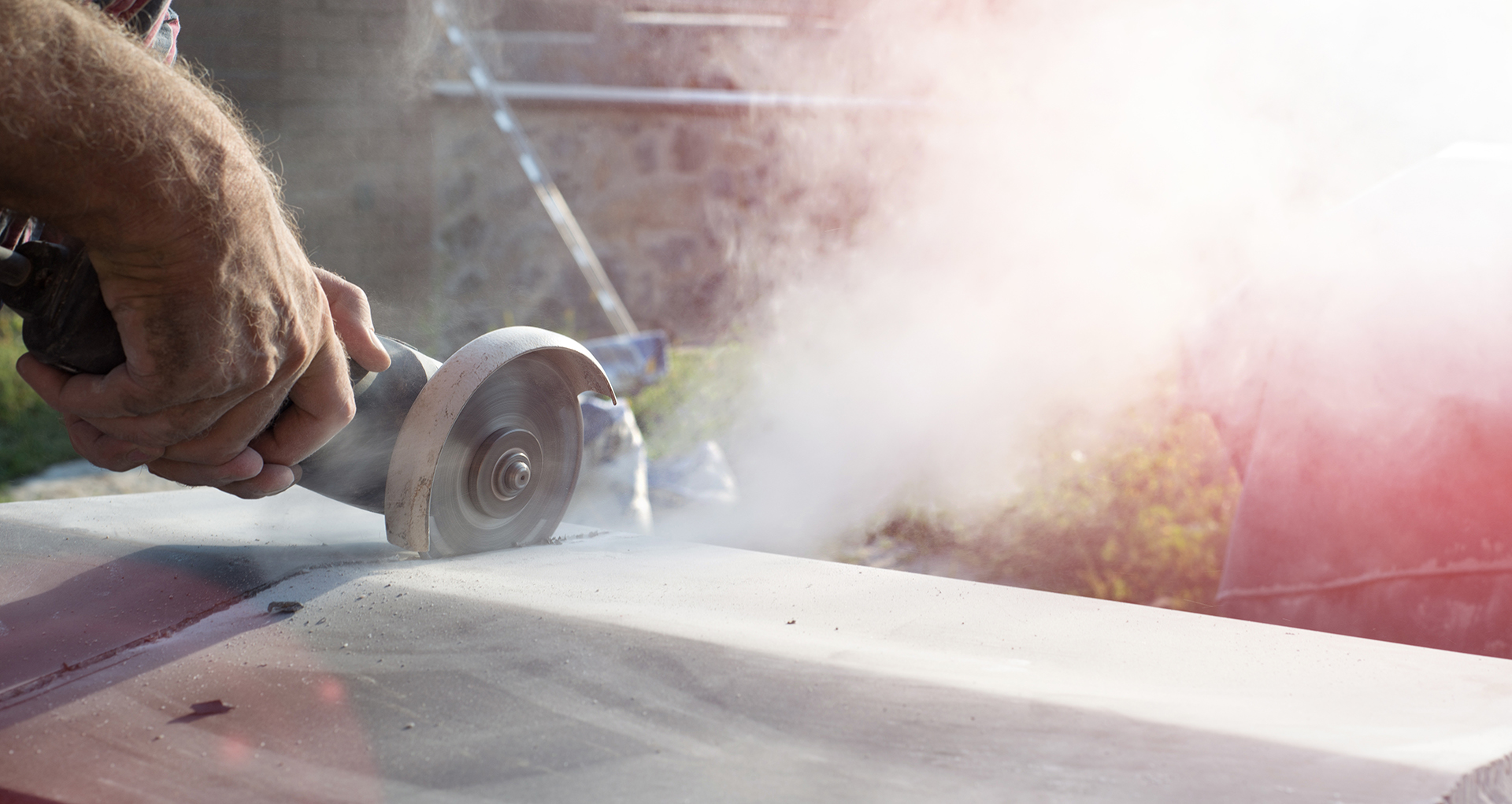One of the enduring images of the whole sorry asbestos exposure issue of the late 1990’s is of courageous mesothelioma victim Bernie Banton fighting the good fight for compensation for those impacted by the terrible dust diseases such as that which took his life in 2007.
I attended two informative seminars recently on the very current and emerging (although definitely not new or unknown) issue of Respirable Crystalline Silica (RCS) dust exposure. It seems the spike in cases of RCS-related diseases over the past 5 years is a result of the take-up of modern building materials such as silica based stone products in domestic architecture, as well as the increasing number of projects involving tunneling through silica-containing rock.
Given the science available to us now, that wasn't during the asbestos era, it is astounding that the risk of dust-related lung diseases from these materials can even be a “thing” 20 years later.
Managing hazardous substances has - for years - been supported by comprehensive and growing resources, including:
- Specific legislation framework and regulation
- Supporting codes of practice and guidance materials
- Easy access, standardised safety data sheets on worldwide databases including the Global Harmonised System (GHS)
- Training programs
- The risk management process
- Exposure measurement devices ever-increasing in accuracy and ease of operation
- Engineered exposure mitigation hardware and PPE improving all the time and displayed ubiquitously at safety conferences, trades fairs and in publications
- Occupational hygienists – an entire professional discipline at our disposal dedicated to the provision of health-related advice due to environmental exposures
There is no shortage of system frameworks – policies, procedures, training, information, advice, and equipment – to identify and manage these risks effectively.
It seems a fair question to ask – why have these resources not been enough?
On the positive side, many of the system areas are being reviewed for improvement by initiatives such as SafeWork NSW’s 2017-2022 Roadmap action item “Hazardous Chemicals and Materials Exposures Baseline and Reduction Strategy”.
Yet, as raised at one of the seminars, these are about managing the products as produced and received. They do not seem to include tackling the source materials from those who supply to the building industry. This would be the highest order control that we could apply. It is a shame that the industry/suppliers as a whole do not seem to be investigating options that could reduce the complexity of the combination of risk controls that are currently needed.
Most importantly, the evidence now of such a potentially widespread health issue demonstrates a couple of key points:
1. That systems are necessary, but not sufficient to create a culture where risk is proactively sought out and managed, and
2. The threat of very serious but future potential health consequences – even those that we have witnessed before - of such risks are not sufficient to sustain a proactive risk management culture when changes occur in an industry.
It is a clear demonstration that the gap, as for many areas in WHS, is in addressing the leadership that will create and sustain a proactive risk management culture. Particularly when it comes to managing future and uncertain latent health risks that go unseen day-to-day in the workplace.
We owe it to the legacy of previous dust disease and chemical-exposure sufferers to get this right so that their children and grandchildren don’t repeat that terrible chapter of workplace history.
Written by Kerry Walker





Comment